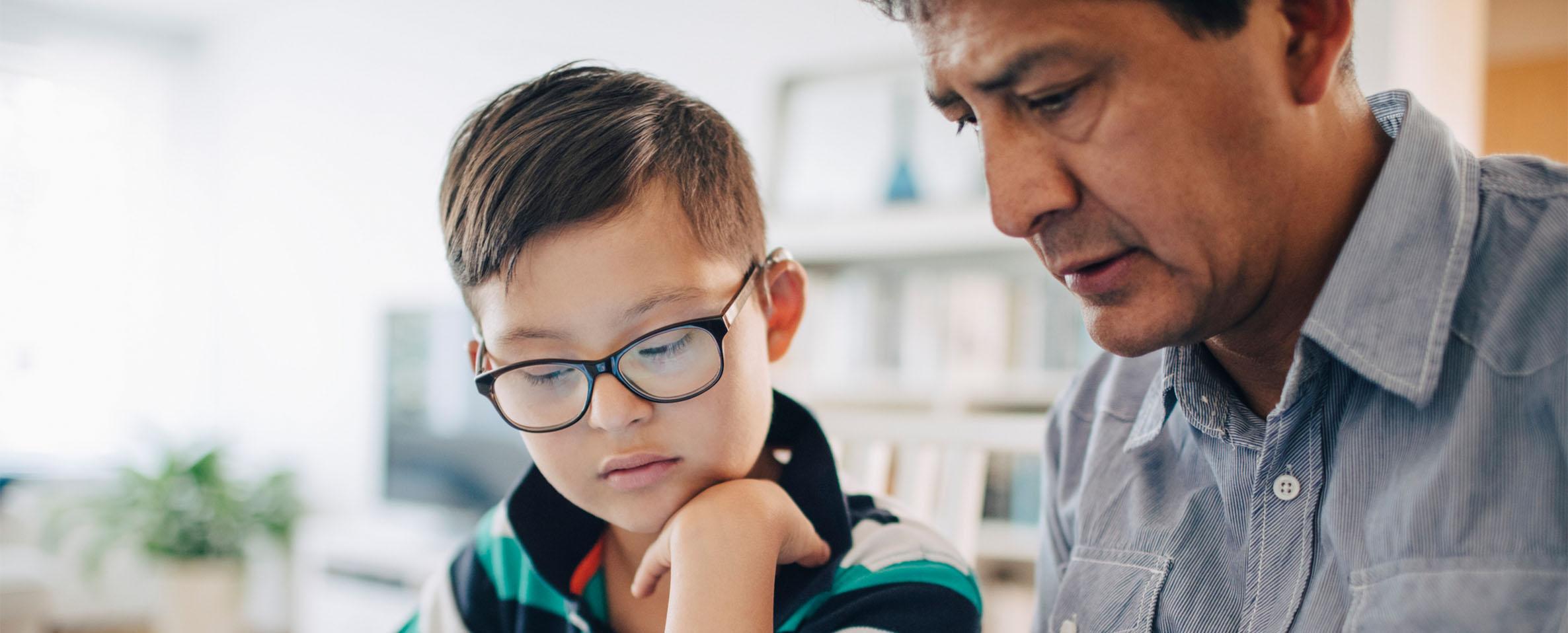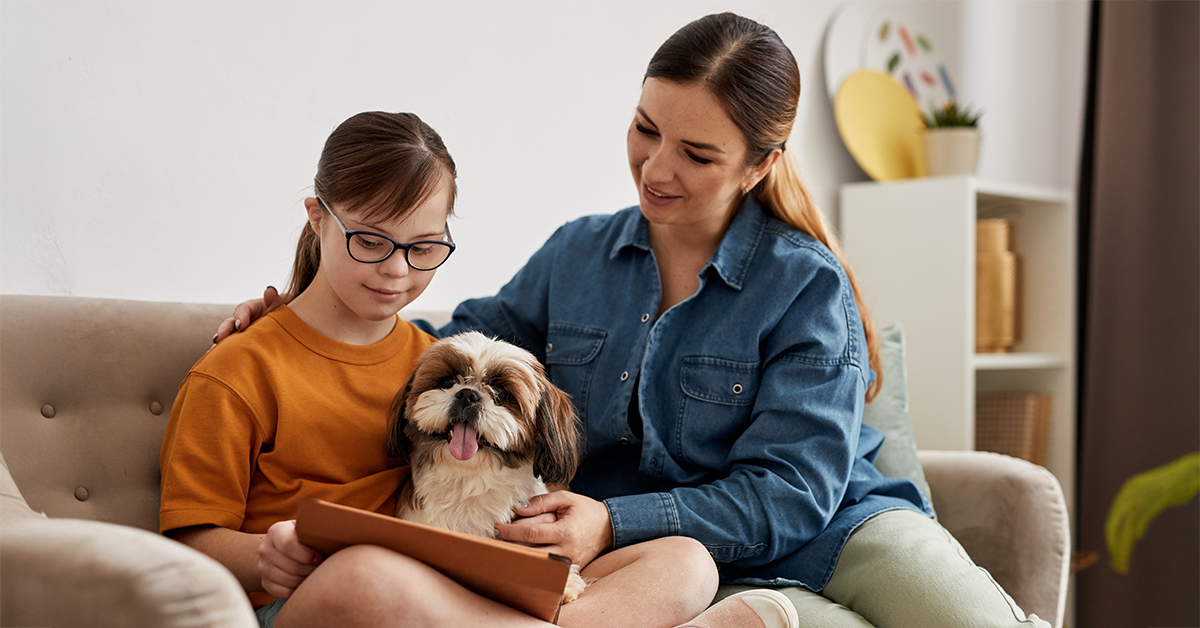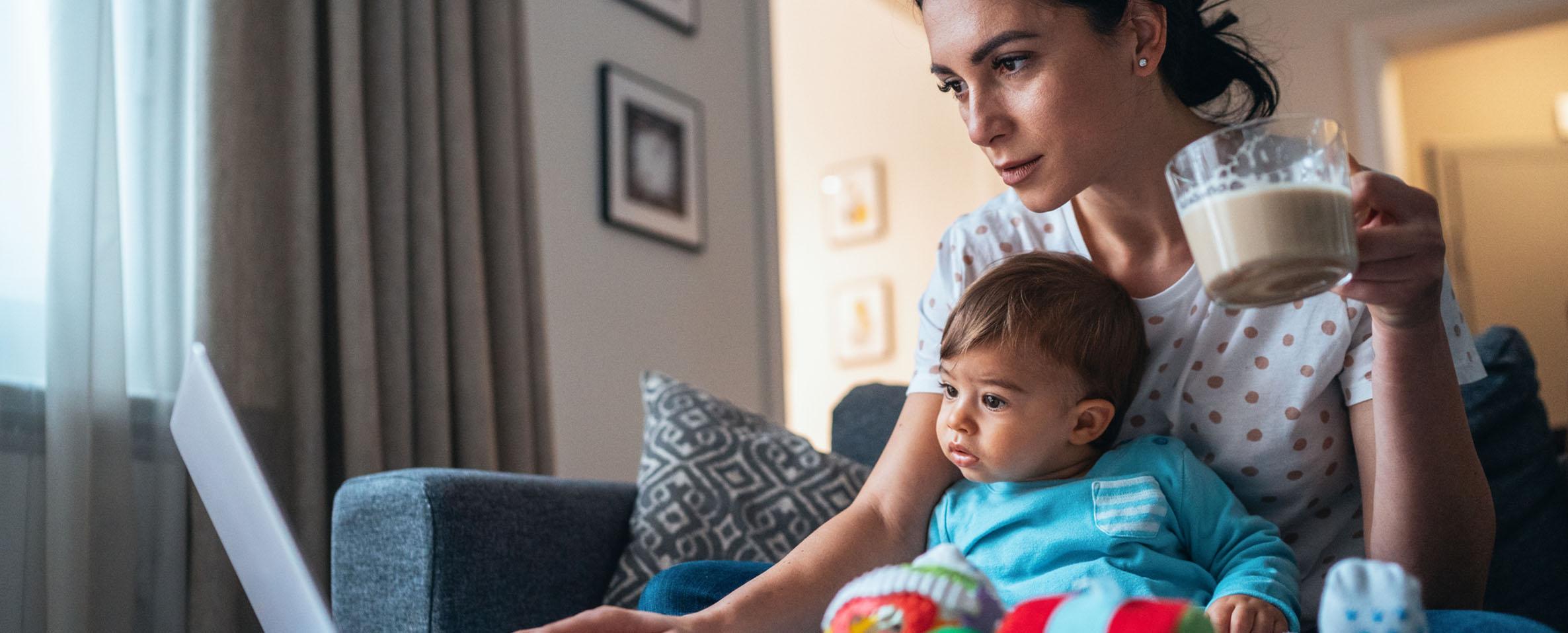Prepping Your Child with a Disability for School
It’s the end of summer which means most children will be returning to or starting school for the first time. For parents, this can be both an exciting time to watch your child grow and a sad time to say goodbye, but for many parents, it can also be a time of anxiety. For parents of children with disabilities, sending your child to school means so much more than checking off the items on his/her back-to-school list or finding a new outfit. It means preparing your child for a big change, team meetings, managing Behavior Plans and IEPs, making the school aware of special diets or medical interventions if necessary, and all the other little things your child’s new teacher(s) needs to know. Though it can seem daunting, there are ways to prepare your child for school and to ease your mind as he/she goes forward on to their next big adventure.
START THE CONVERSATION EARLY:
The more information your child receives, the more in control he/she will feel in the situation. Talking early and often about the change to come can help to alleviate the worry by becoming familiar and comfortable imagining his/her new normal. Begin a few weeks leading up to the beginning of school to slowly ease them into the big change that will be happening within their daily life.
VISIT THE NEW SCHOOL/CLASSROOM BEFORE SCHOOL STARTS:
Starting school can be scary for anyone, even older children, as it means learning new hallways, meeting new people, having new teachers, remembering routes, etc. Ask the new school if you and your child can wander the halls together, sit inside the actual classroom he/she will be in and if possible, try to meet with the teacher. If ok, try to take a picture so your child can remember their name and who they are in the days/weeks leading up to school. Point out visual cues such as signs, banners, flags, and room numbers. One visit might not be enough, and it might be helpful to visit the school and drive the route multiple times before school starts. You can even draw a map together to remember the building!
ESTABLISH A RELATIONSHIP WITH THE TEACHER:
This is important for both you and your child. Establishing a relationship with their teacher will allow you to feel more comfortable filling them in on important things to know about your little one, expressing concerns throughout the school year, and creating an open dialogue. It will also allow your child to feel safe and comfortable with a new adult. For some children that require higher levels of care, it’s important that a two-way conversation is effortless.
REMIND THEM OFTEN OF THE CHANGES COMING UP:
Be consistent and remind your child daily about the upcoming change to his/her schedule. Talk openly and frequently about the new teachers and friends he/she will make and be positive to provide a good frame of mind going into the school year. For children with autism, in particular, social stories have been known to be a good resource to use in a variety of different situations like learning a new routine, activity, or how to respond appropriately to feelings like anger and frustration. Introducing a social story about starting school can be a helpful method.
BEGIN A ROUTINE:
Whether it’s waking up earlier, eating breakfast or preparing your child to take the bus if they will be riding to school each day, morning and nightly routines can help to set the right schedule for your child going into the school year. You can find different printable charts here including morning/bedtime routines.
PROVIDE SUPPORT:
Throughout your child’s life, you will likely be their biggest, most fierce advocate. Not only is it important to instill this advocacy in them, it’s also important to be supportive every day. Stay up to date on his/her IEP and behavioral plan. Add notes that he/she can carry around and check in daily with your child and the teacher to ask what is working well in the classroom that can be utilized at home. And vice versa! Share with the school what works well at home so they can see success in the classroom.
GET EXCITED:
Encouraging your little one that school will be fun and reminding them of the exciting opportunities ahead- like making friends and doing fun activities- will instill a sense of excitement. Letting your little one pick out their own outfit on the first day of school (with your ‘ok’, of course) will help them feel comfortable and confident while instilling a little bit of independence and let their individualism shine.
All these tips can vary greatly by age or whether your child is returning to the same school & beginning a new grade, moving to a new school, or even entering preschool/kindergarten for the first time. School experience will also differ greatly based on individual needs, different learning styles, the level of independence and the type of classroom they’re in ranging from a restrictive 1-1 teacher to student ratio or a less restrictive setting. There are tons of invaluable resources and many other articles about preparing your child with a disability for school. Though change can be scary, it also signals progress. Letting your little one go will always be difficult but preparing them early, will help to make the transition easier and the schoolyear awesome!
Comfees products are always here to go with your child over the years.








